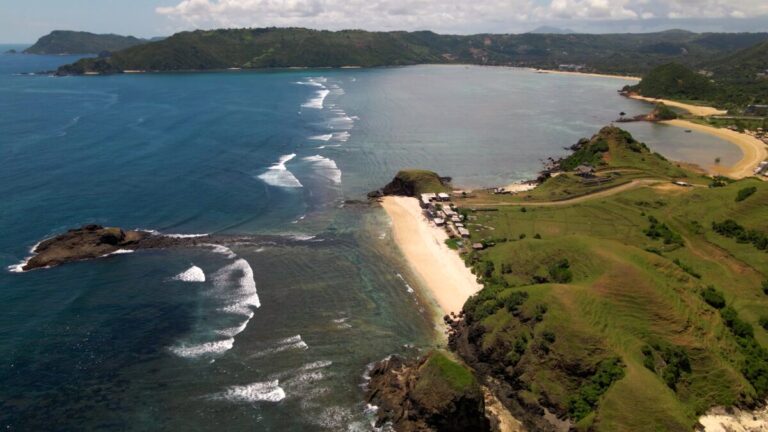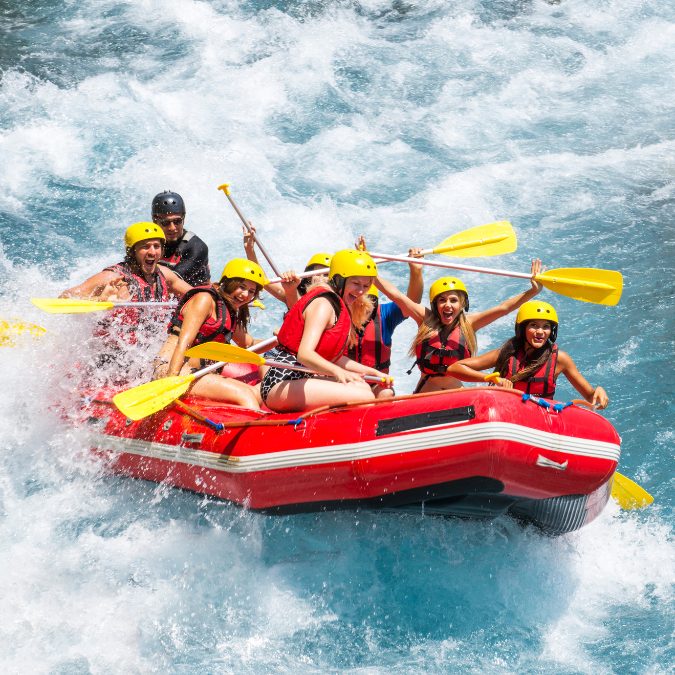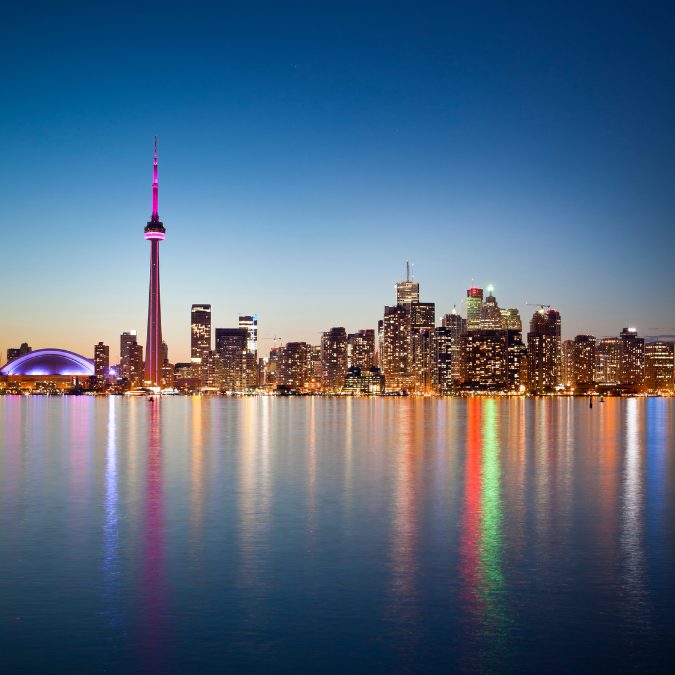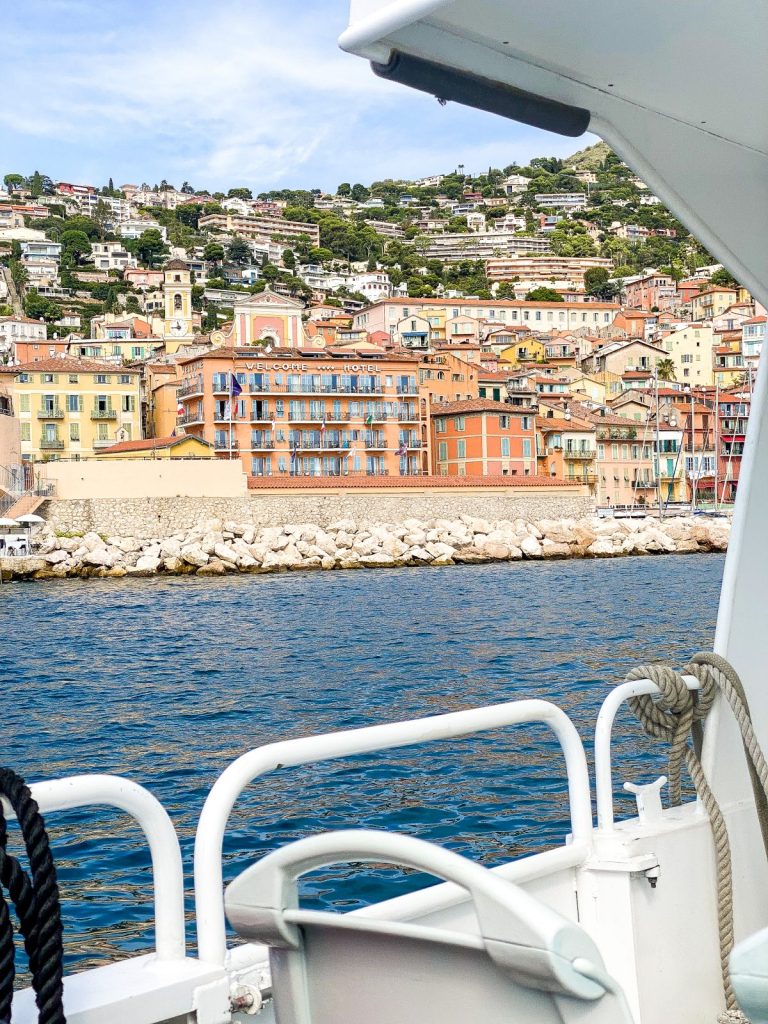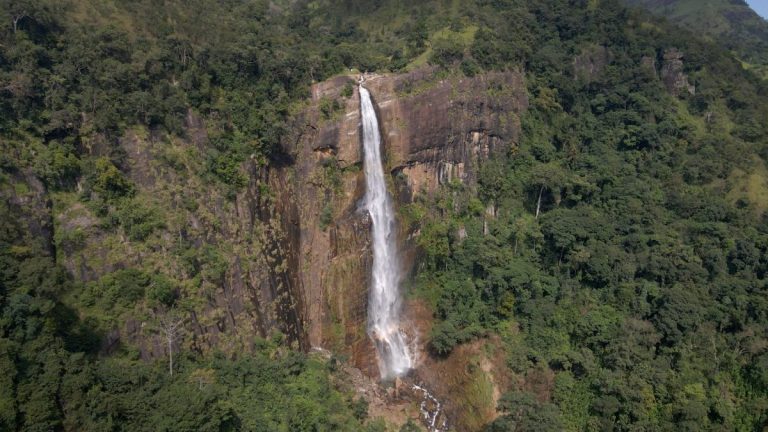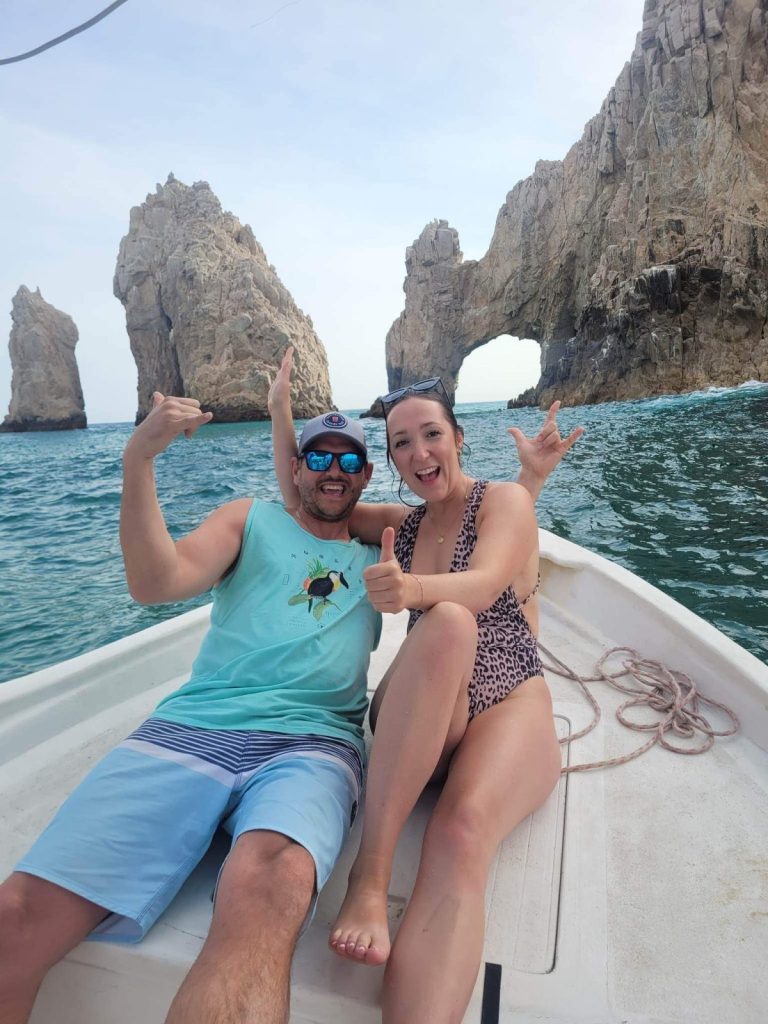When Is The Best Time To Go Diving in Raja Ampat | Scuba Diving
In this blog post, I’ll share insights into when is the best time to go diving in Raja Ampat, unlocking the secrets of this remote tropical island paradise.
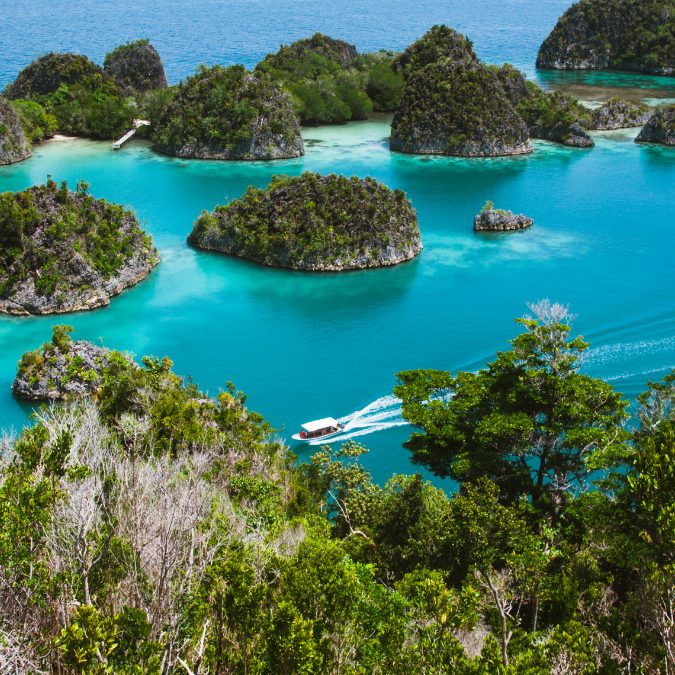
As a enthusiastic traveler with a passion for underwater adventures, the pristine coral reefs and diverse marine life of Raja Ampat in Indonesia have become a must-visit destination on my scuba diving journey. Known as the heart of the Coral Triangle, Raja Ampat offers a breathtaking underwater paradise that every scuba enthusiast dreams of exploring.
1. Best Season for Diving:
The best time to dive in Raja Ampat is during the dry season, which typically runs from October to April. This period boasts sunny days, calm seas, and excellent underwater visibility, creating optimal conditions for scuba diving.
The water temperature remains warm, ranging from 28 to 30 degrees Celsius, providing a comfortable environment for both divers and marine life.
2. Marine Life Extravaganza:
Raja Ampat is renowned for its rich biodiversity, and the dry season is the ideal time to witness the spectacular marine life that calls these waters home. From manta rays gracefully gliding through the currents to pygmy seahorses camouflaged among vibrant soft corals, every dive promises encounters with awe-inspiring creatures.
The best dive sites, including Cape Kri, Blue Magic, and Manta Sandy, come alive with a symphony of colours and underwater wonders.
3. Avoiding the Rainy Season:
While the rainy season from May to September might be less appealing for diving, experienced divers might find hidden gems during this time.
The nutrient-rich waters attract different fish species, creating a unique diving experience. However, it’s essential to be cautious of stronger currents and rougher seas that can be challenging for both beginners and advanced divers.
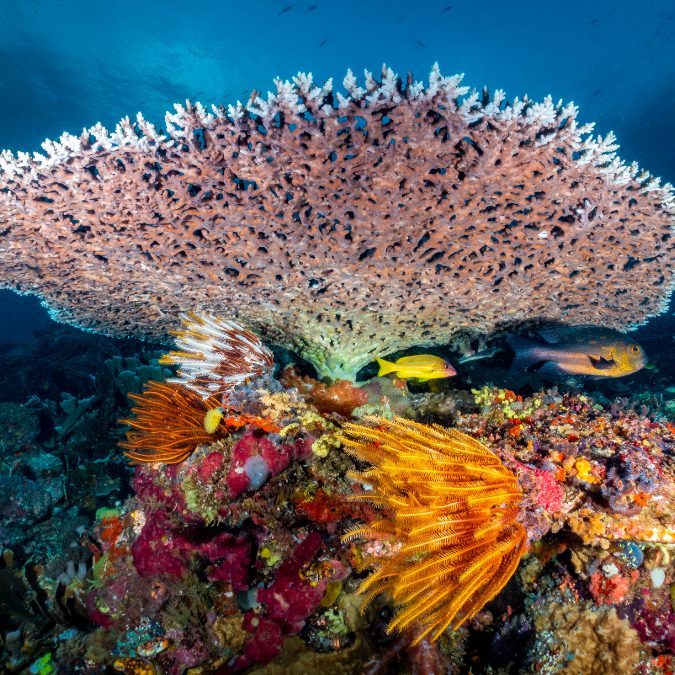
4. Exploring Different Islands:
Raja Ampat consists of over 1,500 islands, each offering distinct dive experiences. From the bustling marine life in Dampier Strait to the pristine coral reefs around Misool, divers can embark on boat trips to explore different islands and dive sites, catering to a variety of preferences and skill levels.
5. Conservation and Climate Change:
Being conscious of the environment is crucial when exploring such delicate ecosystems. Raja Ampat has experienced coral bleaching due to climate change, emphasizing the importance of responsible diving practices.
Choosing reputable dive resorts and liveaboards that prioritize sustainable and eco-friendly initiatives contributes to the preservation of this underwater haven.
6. Night Diving and Special Encounters:
For a truly magical experience, consider night diving in Raja Ampat. Witness the underwater world transform as nocturnal creatures come to life.
Dive sites like Melissa’s Garden and Magic Mountain offer a different perspective, with encounters ranging from hunting wobbegong sharks to the mesmerizing dance of giant trevallies.
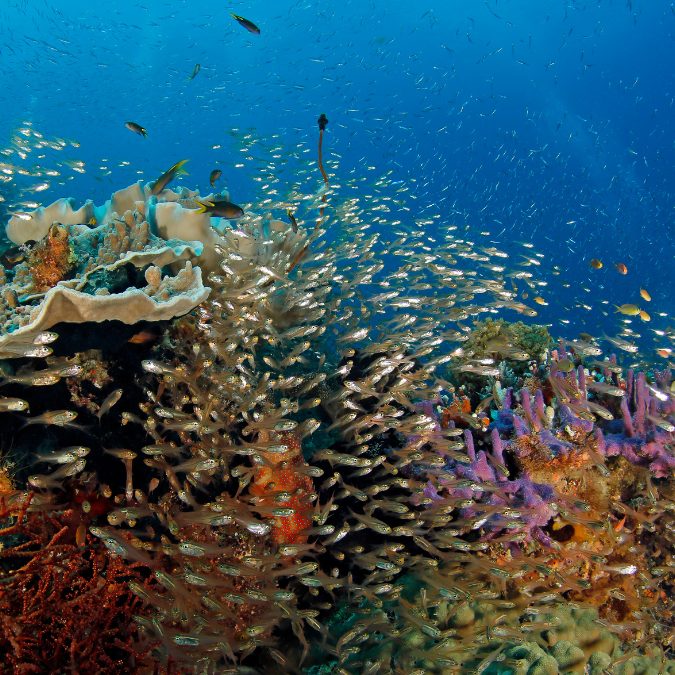
7. Planning Your Dive Trip:
When planning a dive trip to Raja Ampat, consider factors such as local weather conditions, wind patterns, and the potential for rough seas.
Booking with experienced dive guides and choosing the right dive resorts or liveaboards can enhance your overall diving experience, ensuring safety and enjoyment.
8. Best Liveaboards and Dive Destinations:
For an immersive and extended dive experience, liveaboards are the best option. Raja Ampat liveaboards offer access to remote areas and the opportunity to explore the entire region.
Dive destinations like Triton Bay, Arborek Jetty, and the central and southern parts of Raja Ampat provide diverse underwater landscapes and marine encounters.
FAQ
Q: WHAT MAKES RAJA AMPAT A PRIME DESTINATION FOR SCUBA DIVING?
A: Raja Ampat is renowned for its incredible marine life, including manta rays, pygmy seahorses, wobbegong sharks, and a variety of fish species. The pristine coral reefs and diverse underwater world make it a scuba diving paradise.
Q: WHEN IS THE BEST TIME TO DIVE IN RAJA AMPAT?
A: The best time to dive in Raja Ampat is during the dry season, which typically spans from October to April. This period offers sunny days, clear waters, and ideal conditions for underwater exploration.
Q: WHAT ARE THE MAIN ISLANDS AND DIVE SITES IN RAJA AMPAT?
A: Raja Ampat comprises several main islands, and notable dive sites include Cape Kri, Manta Ridge, Melissa’s Garden, Blue Magic, Triton Bay, Arborek Jetty, Magic Mountain, and Sardine Reef. Each site offers unique marine experiences.
Q: HOW IS THE WATER TEMPERATURE IN RAJA AMPAT?
A: Raja Ampat enjoys warm water temperatures, usually ranging between 27°C to 30°C (80°F to 86°F), providing comfortable conditions for scuba divers.
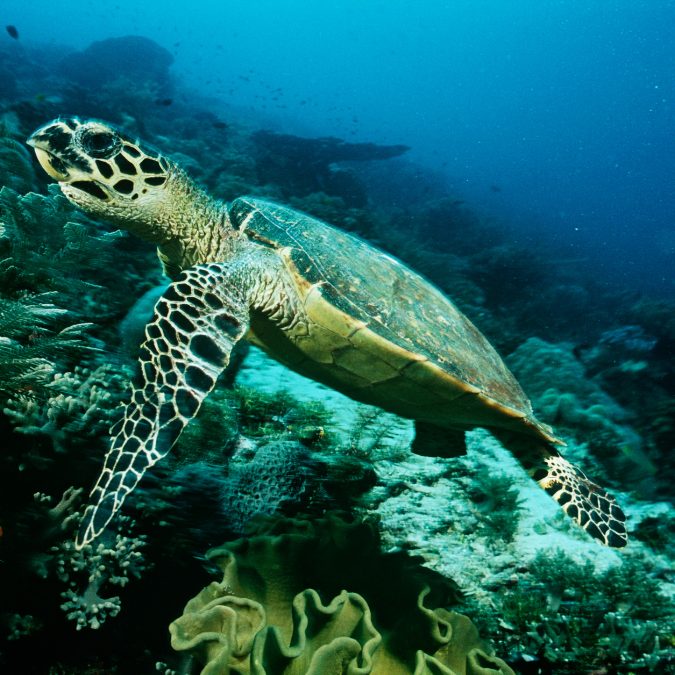
Q: WHAT SHOULD SCUBA DIVERS EXPECT IN TERMS OF CURRENTS?
A: Some dive sites in Raja Ampat experience strong currents, especially in areas like Manta Sandy and Cape Kri. Divers, especially beginners, should be prepared for varying current strengths.
Q: ARE THERE SPECIFIC DIVE RESORTS OR LIVEABOARDS RECOMMENDED IN RAJA AMPAT?
A: Raja Ampat offers a range of dive resorts and liveaboards. Popular options include Misool Eco Resort, offering a luxurious experience, and various liveaboards that provide the opportunity to explore different islands and dive sites.
Q: WHAT MAKES RAJA AMPAT A CHALLENGING BUT REWARDING DIVE DESTINATION?
A: Raja Ampat’s challenging aspects include strong winds during the rainy season, rougher seas, and remote areas. However, the pristine coral reefs, diverse marine life, and unique dive experiences make it exceptionally rewarding.
Q: HOW DOES THE SEASONAL WEATHER AFFECT DIVING IN RAJA AMPAT?
A: The dry season, from October to April, is generally the best time for diving in Raja Ampat, offering clearer visibility and calmer seas. The rainy season, from May to September, can bring rougher seas and less predictable conditions.
Q: WHAT ARE SOME SPECIFIC DIVE SPOTS FOR ENCOUNTERING MANTA RAYS?
A: Manta Sandy and Manta Ridge are well-known dive sites in Raja Ampat for encountering manta rays. These sites often provide opportunities to witness these graceful creatures up close.
Q: CAN YOU HIGHLIGHT SOME NOTABLE UNDERWATER LANDMARKS IN RAJA AMPAT?
A: Some noteworthy underwater landmarks include underwater pinnacles, cleaning stations for mantas, and vibrant coral gardens like Melissa’s Garden and Sardine Reef.
Q: IS RAJA AMPAT SUITABLE FOR BEGINNER DIVERS?
A: While Raja Ampat offers challenging dive conditions in some areas, there are sites suitable for beginner divers. However, it’s recommended that beginners dive with experienced guides and choose appropriate dive sites.
Q: HOW DOES CLIMATE CHANGE AFFECT THE UNDERWATER ENVIRONMENT IN RAJA AMPAT?
A: Like many other marine ecosystems, Raja Ampat faces the impact of climate change, including coral bleaching. Conservation efforts are crucial to preserving the pristine coral reefs and marine life.
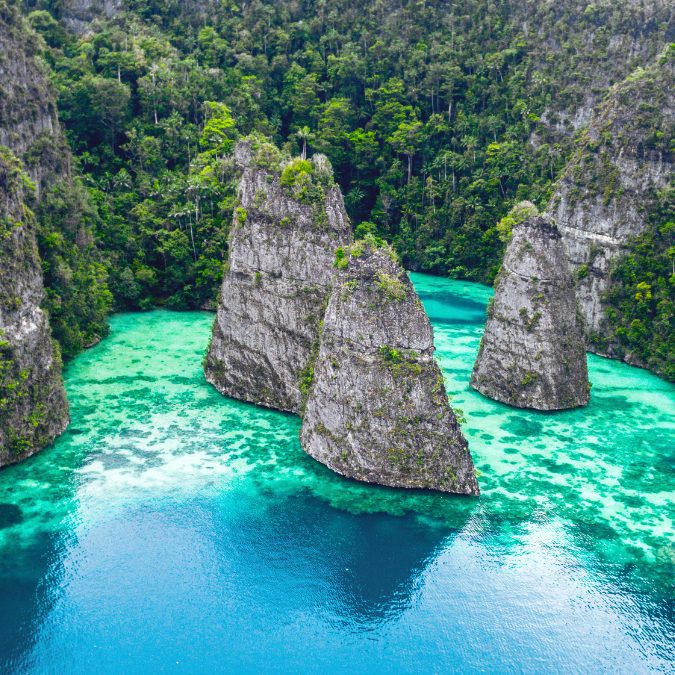
Q: WHAT PRECAUTIONS SHOULD DIVERS TAKE REGARDING STRONG CURRENTS?
A: Divers should be cautious and use reef hooks when necessary to manage strong currents. It’s advisable to dive with experienced guides who are familiar with local conditions.
Q: WHAT ARE SOME RECOMMENDATIONS FOR DIVERS PLANNING A TRIP TO RAJA AMPAT?
A: Divers planning a trip to Raja Ampat should consider traveling during the dry season, be prepared for varying current strengths, and choose dive sites based on their experience level. Booking with reputable dive operators is also recommended.
Q: HOW DOES DIVING IN RAJA AMPAT CONTRIBUTE TO CONSERVATION EFFORTS?
A: Many dive operators and resorts in Raja Ampat actively contribute to marine conservation efforts, promoting sustainable practices and supporting local initiatives to protect the underwater environment.
Q: WHAT ARE THE BEST OPTIONS FOR NIGHT DIVES IN RAJA AMPAT?
A: Night dives in Raja Ampat offer a unique perspective on marine life. Some dive operators and resorts, like Misool Eco Resort, provide guided night dive experiences, allowing divers to witness nocturnal marine activity.
Q: WHAT FACTORS SHOULD DIVERS CONSIDER DURING THE LOW SEASON IN RAJA AMPAT?
A: The low season in Raja Ampat, characterized by rougher seas and occasional rain, may impact diving conditions. Divers should be prepared for changes in weather and choose dive sites accordingly.
Q: CAN YOU HIGHLIGHT SOME OF THE BEST DIVING SPOTS FOR PHOTOGRAPHY IN RAJA AMPAT?
A: Divers interested in underwater photography should explore sites like Cape Kri, Blue Magic, and Triton Bay, known for diverse marine life, vibrant coral reefs, and clear waters ideal for capturing stunning images.
Q: WHAT MAKES RAJA AMPAT A REMOTE AND EXCLUSIVE DIVING DESTINATION?
A: Raja Ampat’s remote region, comprising different islands and dive sites, contributes to its exclusivity. The limited accessibility and pristine underwater environment make it a sought-after destination for experienced divers.
In Conclusion:
Diving in Raja Ampat is a bucket-list experience for any avid scuba enthusiast. The best time to dive depends on personal preferences, skill level, and the desire for specific marine encounters.
Whether you choose the dry season for optimal conditions or the rainy season for a unique adventure, Raja Ampat promises a diving experience like no other—a journey into the last paradise beneath the waves.

